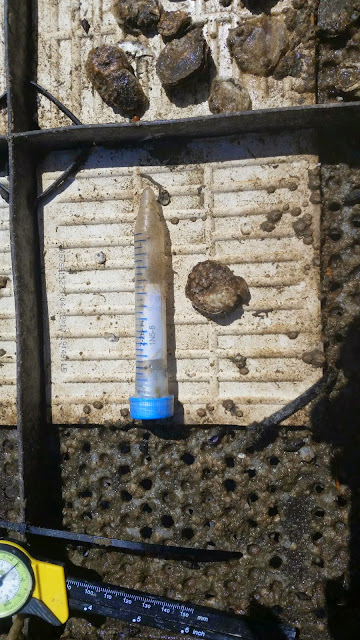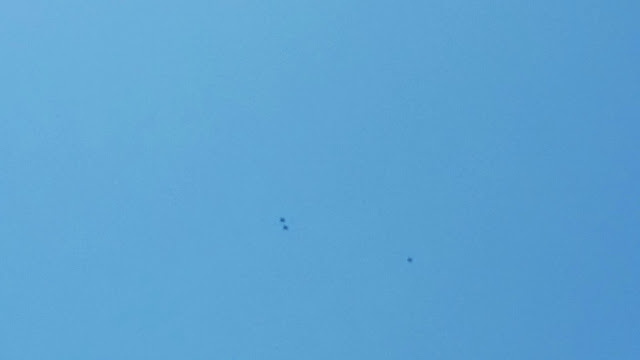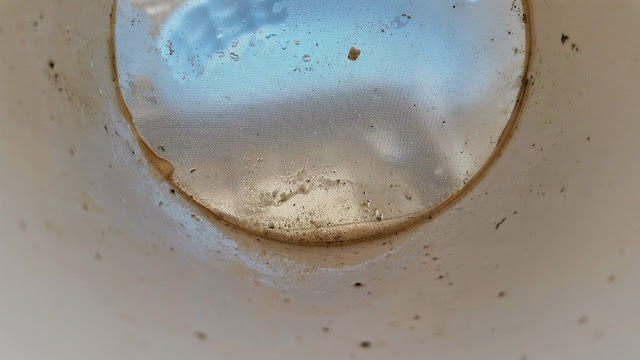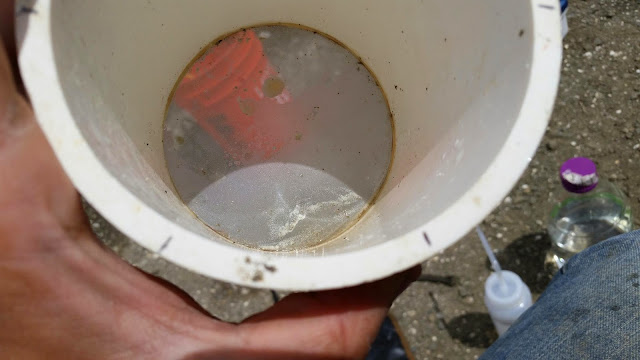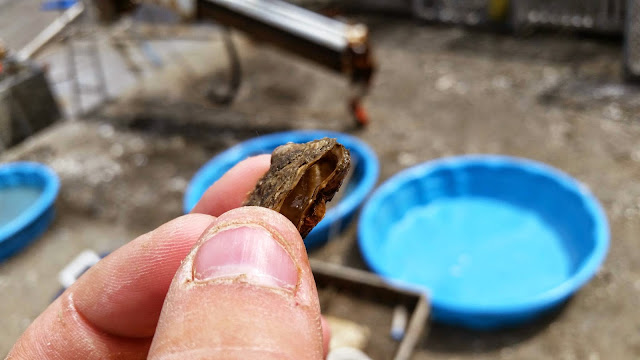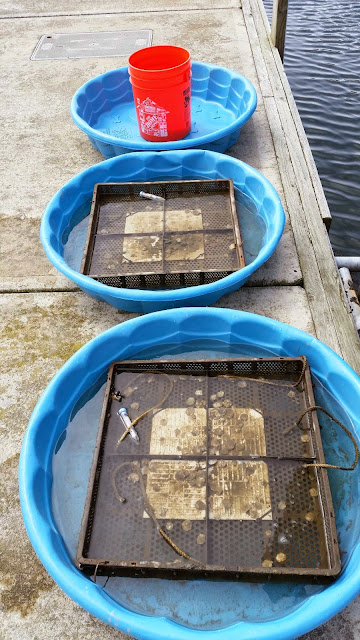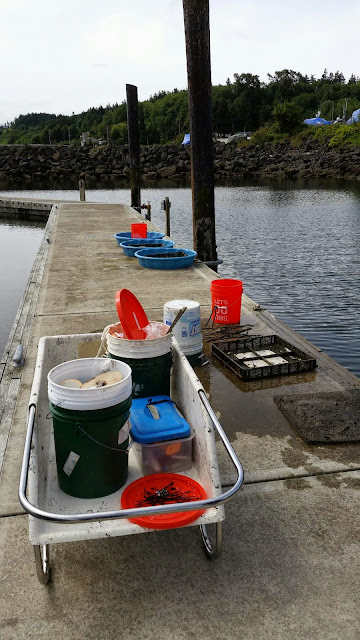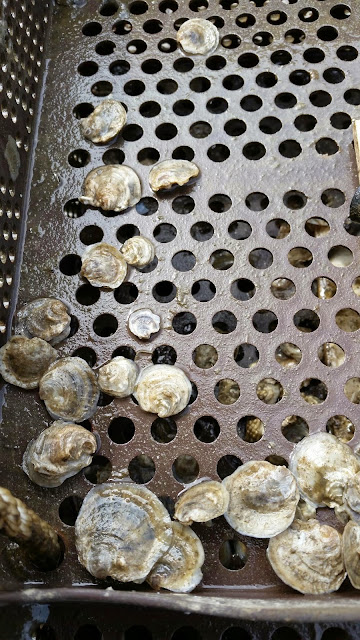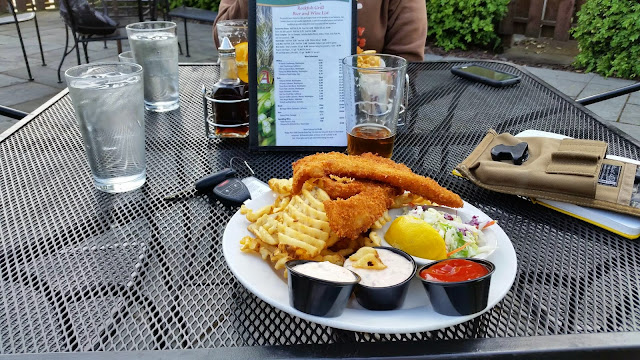Shelton, wa
Participants. Katie Jackson and Jake heare.
High 60s to mid 70s sunny
Followed the anesthesia protocol but modified it by adding ice block and bags of Ice into pools. Temperature started at 13 but stabilized at 16 c. Temp increase unavoidable but non lethal.
Numbers as follow
Temps
Pretreatment.
Initial. 13
45 min. 16
1.5 hrs. 16
Pretreatment.
Initial. 13
45 min. 16
1.5 hrs. 16
Treatment
Initial. 10
45 min 17
1.5 hrs. 16
2.25 hrs. 16
Initial. 10
45 min 17
1.5 hrs. 16
2.25 hrs. 16
Recovery
Initial 13
45 min. 17
1.5 hrs 17
Initial 13
45 min. 17
1.5 hrs 17
Salinity
Pretreatment. 26
Treatment. 63
Recovery. 26
Pretreatment. 26
Treatment. 63
Recovery. 26
Brood collection.
1S13-16
Brood. 2
Gaping. 60
Dead. 12
1S13-16
Brood. 2
Gaping. 60
Dead. 12
Brooders
# size. Sick
1. 23. W
2. 29. W
# size. Sick
1. 23. W
2. 29. W
1H1-4.
Brood. 2
Gaping 79
Dead. 7
Brood. 2
Gaping 79
Dead. 7
Brooders
# size. Sick
1. 25. W
2. 24. Grey
# size. Sick
1. 25. W
2. 24. Grey
1N5-8
Brood. 1
Gaping. 52
Dead 7
Brood. 1
Gaping. 52
Dead 7
Brooders
# size. Sick
1. 30. W
# size. Sick
1. 30. W
Multiple males with milt in their shells. Possibly spawning at the moment.

